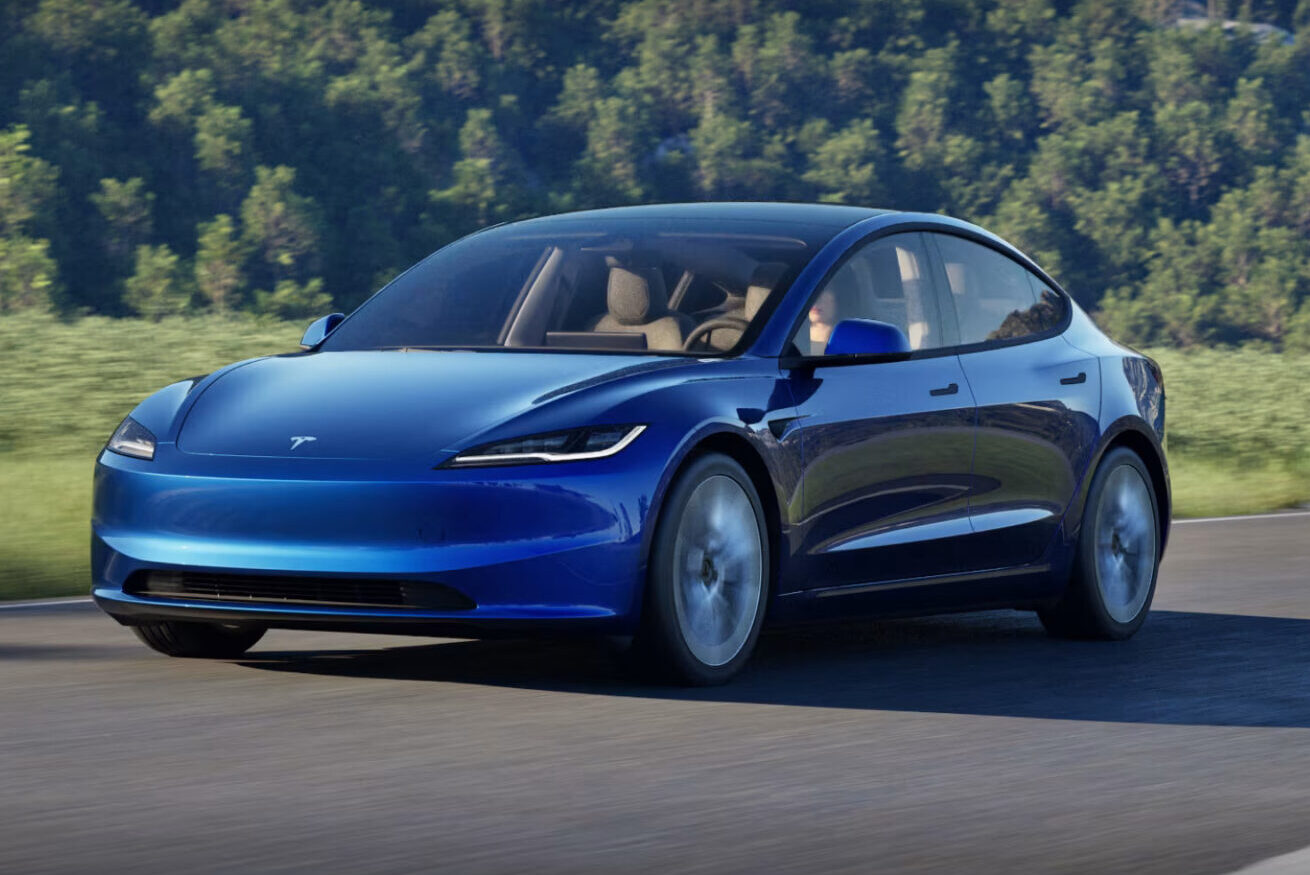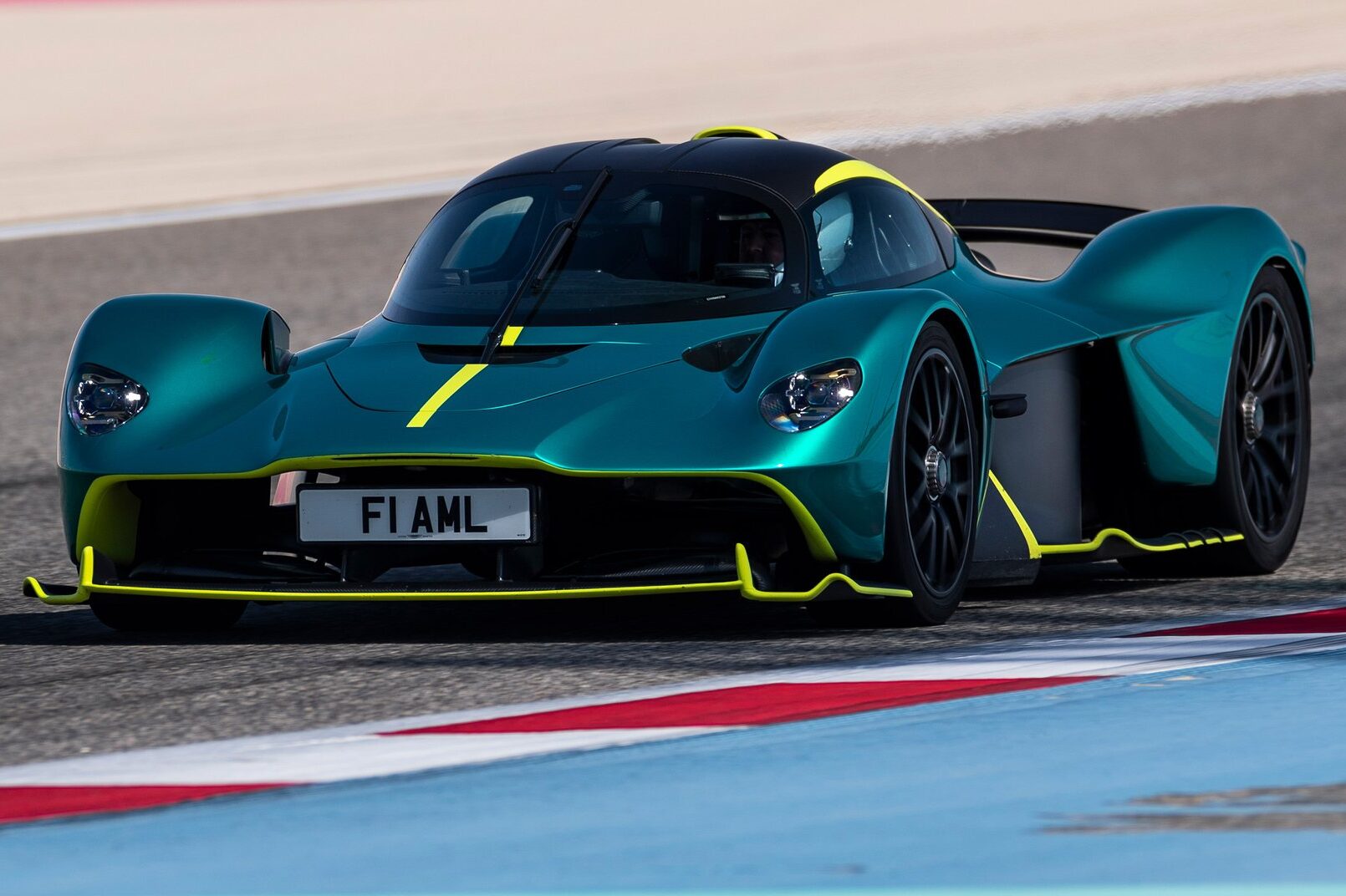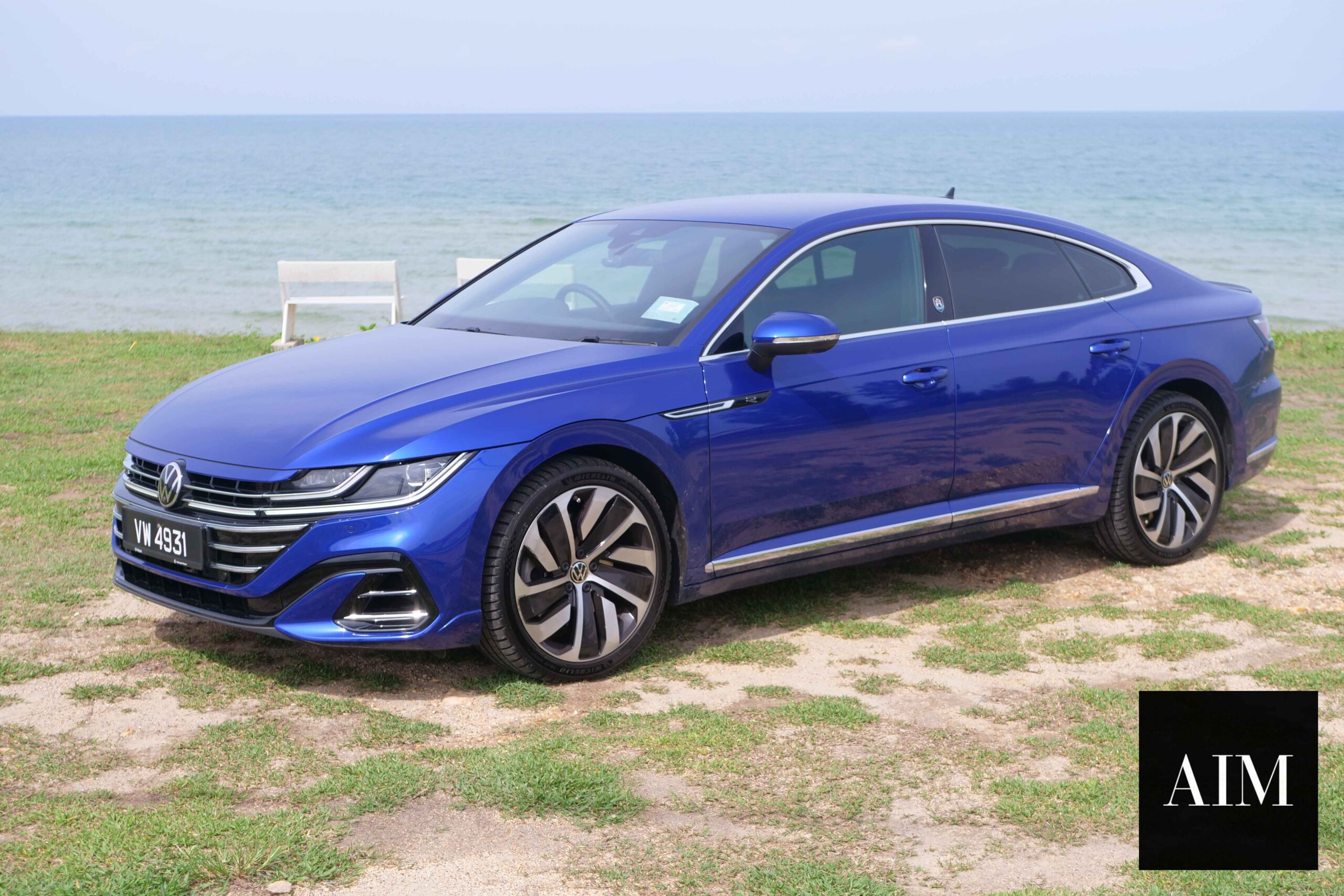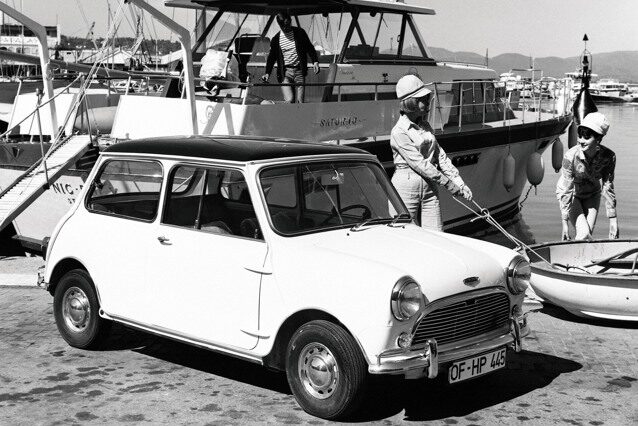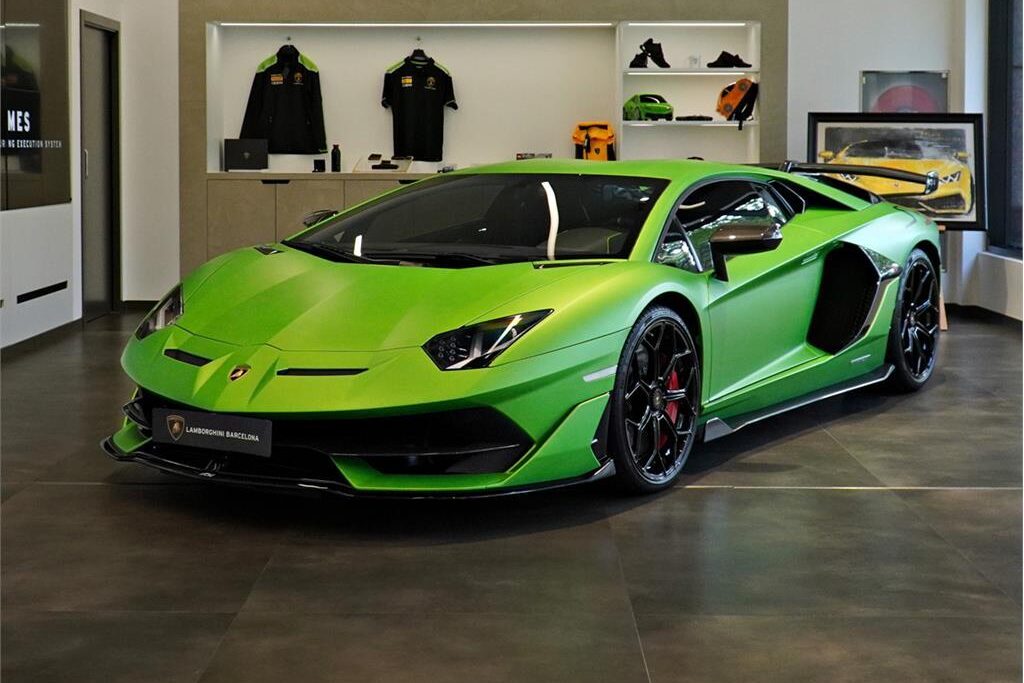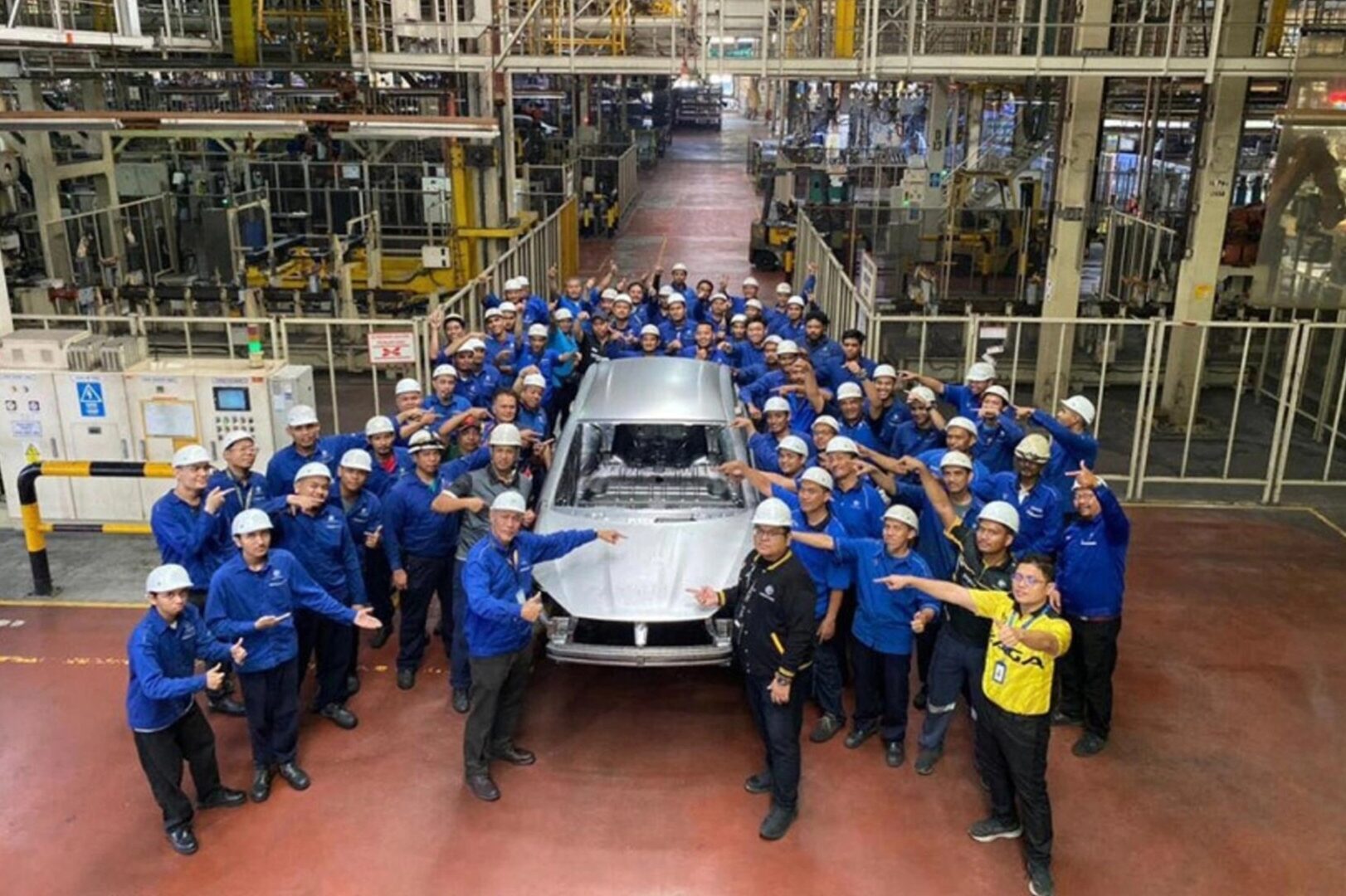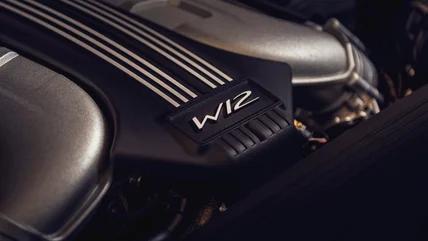
The W12’s Unique Design Philosophy
The Volkswagen Group’s W12 engine stands as a testament to clever engineering and bold ambition. Rather than a traditional V12 layout, the W12 combines two narrow-angle VR6 engines on a single crankshaft. This innovation allows it to maintain the smoothness and refinement of a V12 while taking up significantly less space. While Lamborghini’s V12 stretches over 30 inches in length, the W12 measures just 20 inches in vehicles like the Volkswagen Phaeton. Its compact footprint makes it ideal for high-performance luxury cars that prioritize both space efficiency and engineering finesse.
Performance in a Compact Package

In terms of power delivery, the W12 has consistently impressed. Despite having four banks of cylinders, the engine is surprisingly lightweight. For example, it compares closely with BMW’s 529-pound M70 V12, but with greater output—producing up to 444 horsepower versus BMW’s 375. It’s not a high-strung, screaming engine, but one that emphasizes refined and smooth torque delivery. This makes it ideal for grand tourers like the Bentley Continental GT, where quiet confidence is more valued than theatrical aggression.
Engineering Complexity and Trade-Offs
With sophistication comes complexity. The W12 uses rocker arms and a shared camshaft arrangement to manage its four-cylinder banks, leading to higher servicing demands and intricate maintenance. While it was a brilliant solution to packaging and power challenges, its mechanical layout introduced numerous points of potential failure. The design required precise manufacturing and made it difficult for even seasoned mechanics to work on without specialized knowledge or tools.
Fuel Efficiency and Environmental Challenges

One of the engine’s most significant drawbacks is its inefficiency. The W12’s fuel consumption was high, and its emissions were hard to tame in an era increasingly dominated by regulations and sustainability goals. Even as newer versions of the W12 managed to reduce CO₂ output by up to 25% and increase power by 34%, they still couldn’t match the cleanliness and efficiency of hybrid or electric alternatives. This made it a less viable option as automakers pursued greener technologies.
Luxury Experience and Driving Character
What made the W12 special wasn’t just its numbers—it was how it made drivers feel. The engine delivered massive torque in a smooth, subdued way, creating an experience of effortless propulsion rather than brute force. In high-end models like the Bentley Flying Spur and Continental GT, the W12 contributed to an aura of calm dominance, where speed came with zero drama. It encapsulated the essence of luxury performance, making long-distance travel feel serene and powerful all at once.
Why the W12 Era Has Ended

Despite its allure, the W12 could not escape the forward march of technology. Its complex design, high maintenance costs, and poor fuel economy became liabilities in an age of electric motors and downsized turbocharged engines. Brands like Bentley have already transitioned toward plug-in hybrids and are moving rapidly toward full electrification. In this context, the W12—though beloved—is no longer sustainable or justifiable in modern lineups.
A Legacy of Mechanical Mastery
The W12 will be remembered as a glorious chapter in the history of internal combustion engines. It combined innovation, performance, and luxury in a way few engines could. While it may never return, it leaves behind a legacy of engineering brilliance and character that defined a generation of high-performance grand tourers. In the twilight of petrol power, it remains one of the final and finest expressions of automotive indulgence.



